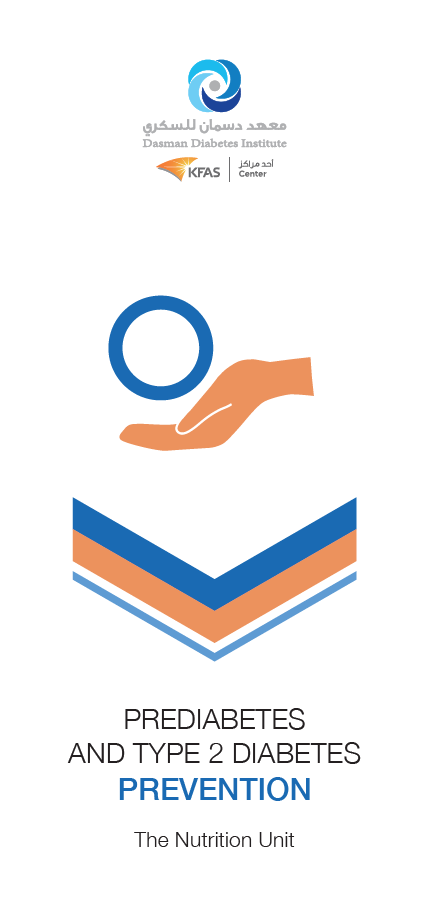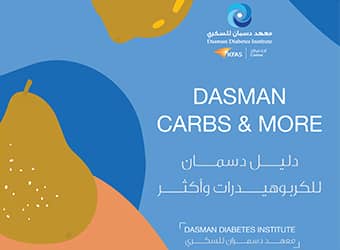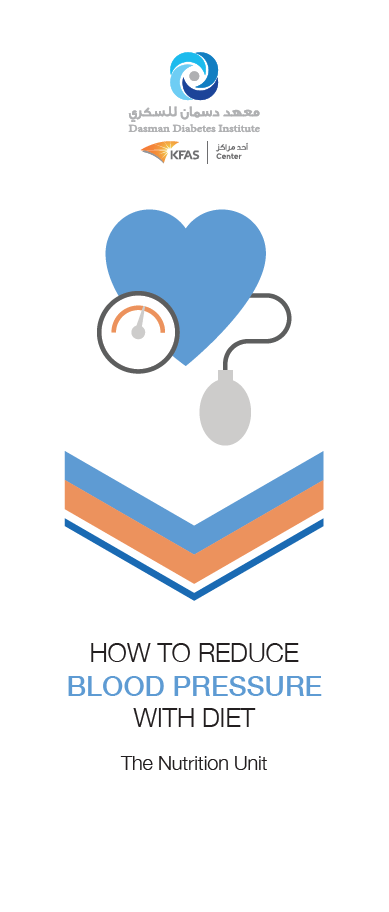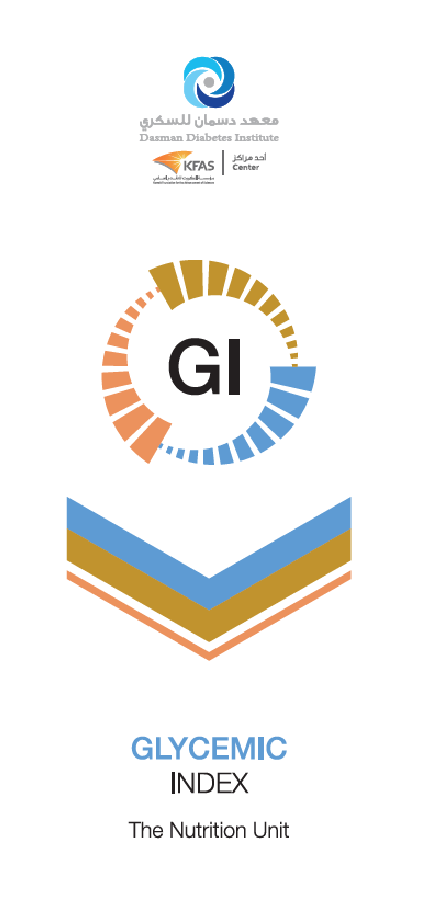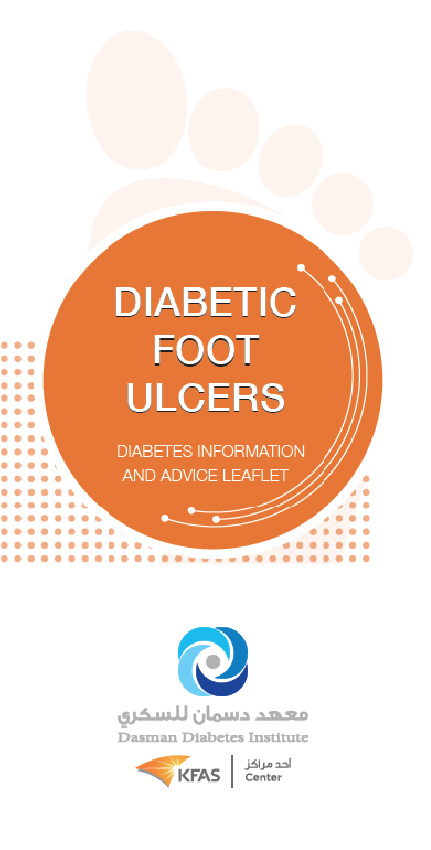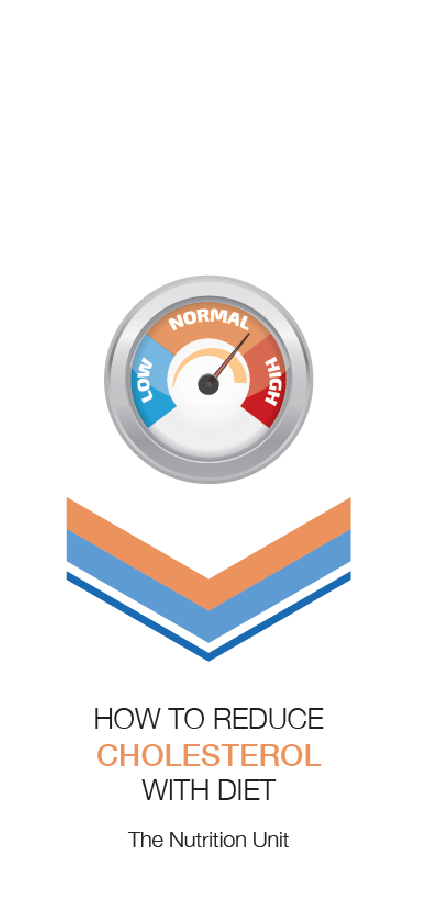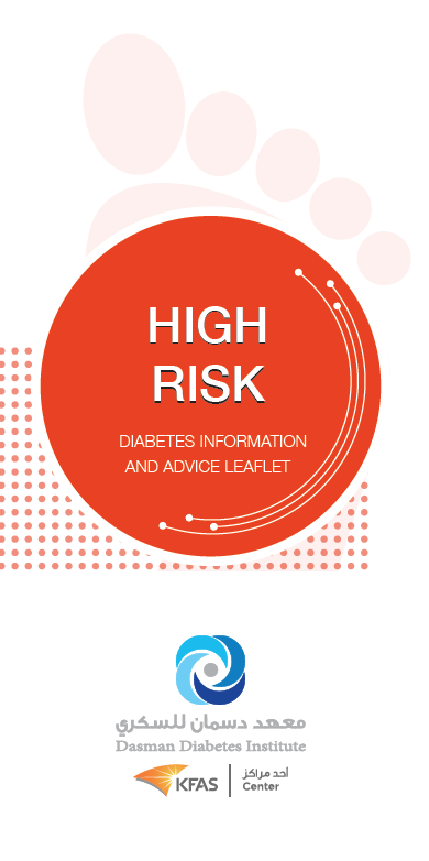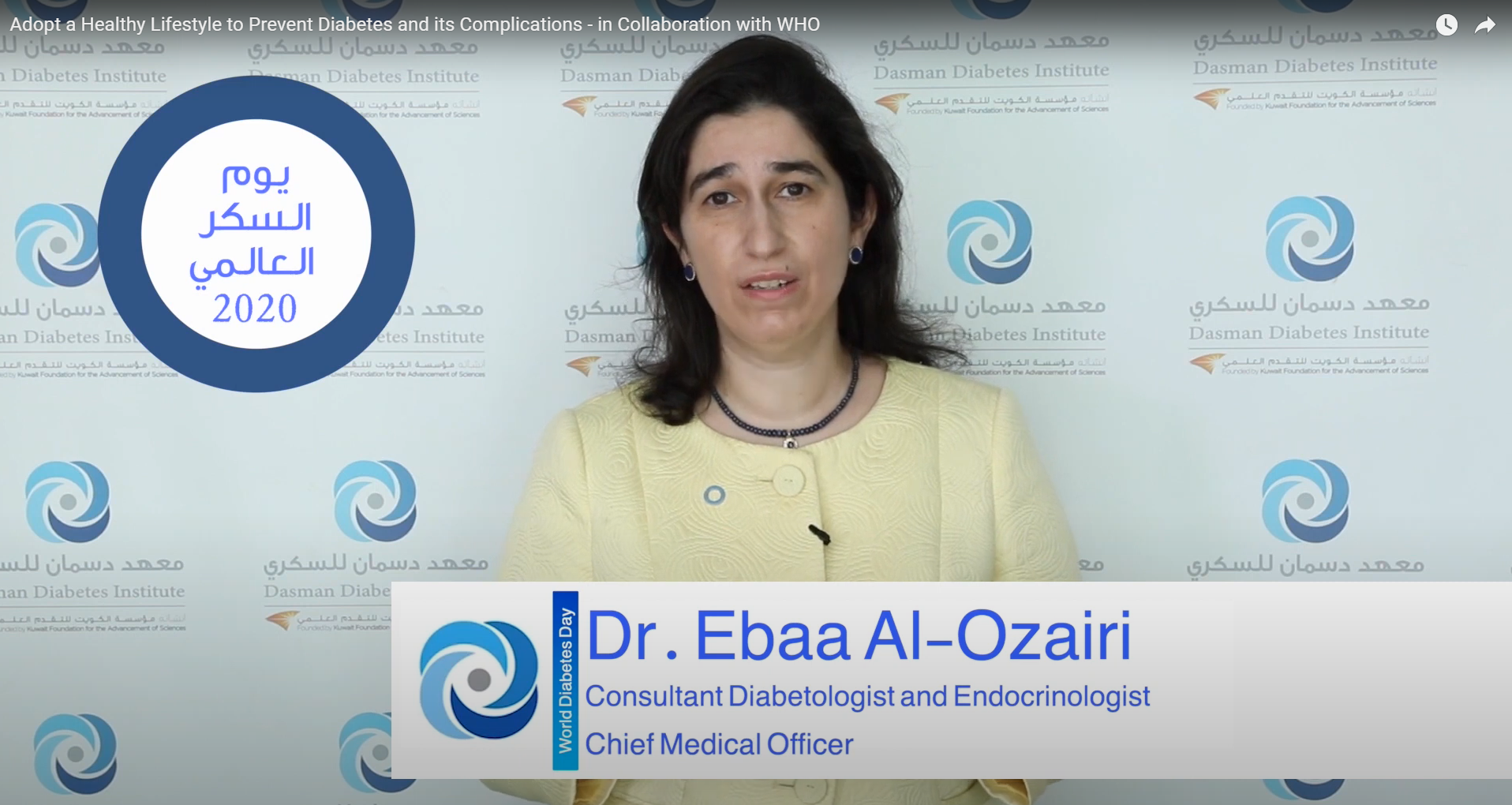Prediabetes
Prediabetes is an intermediate silent stage between normal and type 2 diabetes. Blood sugar levels in this stage are above normal but not high enough to meet diabetes diagnostic standards. Statistics show that 84% of people who are not aware of their blood glucose are at higher risk to develop type 2 diabetes, heart disease, or stroke.
It is good to know that prediabetes is a reversible stage (preventable). Following a healthy lifestyle can bring high sugar values back to normal and thus prevent or delay the progression to type 2 diabetes and other complications.
Prediabetes Causes
Insulin is a hormone secreted from the pancreas to regulate high blood sugar levels. Think about insulin like a key that opens the cell’s gate for sugar molecules to enter the cell to produce energy. In prediabetes, the cells cannot respond well to the action of insulin (a phenomenon known as insulin resistance). Hence, the blood sugar levels start to rise. Consequently, the pancreas tries to compensate by producing more insulin and eventually becomes exhausted. Insulin production rate decreases and becomes insufficient to meet the body’s needs. The blood sugar levels in this case continue to rise. If high blood sugar levels are not controlled at this stage, the decline in insulin levels continues in its path to type 2 diabetes.
Risk Factors
Prediabetes is associated with some risk factors. These risk factors may include:
- Overweight and waist size: Being overweight with a larger waist size than normal is the main risk factor for prediabetes, especially if fat is accumulated around the abdomen (central obesity). The fat in this area causes pressure on vital internal organs such as the liver and pancreas, which worsens insulin resistance. The risk of insulin resistance increases in men with waist size of (102cm) or larger and in women with waist size of (88cm) or larger.
- Age: the risk of prediabetes increases after the age of 45, however, it may develop at any age.
- Unhealthy diet: A diet high in fat and carbohydrates (sugar) increases the risk of prediabetes.
- Physical inactivity: The more sedentary the lifestyle is, the higher the risk to develop prediabetes.
- Family history: The risk of prediabetes increases if first degree relative (parent or sibling) has type 2 diabetes.
- Ethnicity: Risk of prediabetes increases in some races than others for unclear reasons. African Americans and Asians are at higher risk to develop prediabetes.
- Obstructive sleep apnea: It is a condition that repeatedly disturbs sleep and increases the risk to develop prediabetes.
- Smoking: Tobacco smoke may lead to insulin resistance and central obesity and thus increases the risk of prediabetes.
Specific risk factors in women:
- Gestational diabetes: If a woman was previously diagnosed with gestational diabetes (diabetes while pregnant) or had a baby who weighed 4 kilos or more at birth, both the mother and the child at higher risk to develop type 2 diabetes after an associated stage of prediabetes.
- Polycystic ovarian syndrome: Women with this condition usually complain of irregular menstrual cycles, excess facial and body hair growth, and obesity. They are usually at higher risk to develop prediabetes.
Other health conditions (known as metabolic syndrome), especially if accompanied by obesity, are also associated with prediabetes may include:
- High blood pressure (Hypertension)
- Abnormal blood lipid levels (Low levels of the good cholesterol (HDL) and high levels of bad cholesterol (LDL) and triglycerides).
Signs and Symptoms
Prediabetes usually goes undetected for years because it is asymptomatic (with no clear symptoms) until type 2 diabetes symptoms start to appear. However, one possible sign can be observed and linked to prediabetes which is darkened patches of skin on some body parts such as the neck, joint (elbows, fingers’ joints, or knees), and armpits. This condition is known as acanthosis nigricans. If prediabetes is not treated at this stage, classic symptoms of diabetes may show up which include:
- Frequent hunger
- Excessive thirst
- Frequent urination
- Disturbed vision
Prediabetes and Diabetes Diagnostic Criteria
Three blood tests that are performed at medical laboratory are important to decide whether the person is normal or having prediabetes or diabetes. These tests are blood fasting glucose (sugar), oral glucose tolerance test (OGTT), and HbA1c.
Fasting plasma glucose test (FPG):
This test requires at least 8 hours fasting (fasting means no food/drink is taken during the past 8 hours, except water). The lab. technician will take a blood sample from your blood vessel.
Oral glucose tolerance test (OGTT):
Upon completing FPG test, a solution that contains 75g of sugar must be drunk. After two hours of ingesting the solution, another blood sample shall be taken.
Haemoglobin A1c (HbA1c):
This blood test gives an average level for blood sugar over the past three months.
Blood test results:
| FPG | OGTT | HbA1c | |
| Diabetes | 7mmol/L or more | 11.1mmol/L or more | 6.5% or higher |
| Prediabetes | 5.6 to 6.9mmol/L | 7.8 – 11mmol/L | 5.7 to 6.4% |
| Normal | Less than 5.6mmol/L | Less than 7.8mmol/L | 5.6% or less |
Type 2 diabetes Prevention: As mentioned earlier, prediabetes can be reversed and the progression to type 2 diabetes can be prevented or delayed by following a healthy lifestyle. Increasing physical activity and losing a small percentage (5% to 7%) of total weight reduce the risk of developing type 2 diabetes. In addition, brisk walking, or any other moderate activity for at least 30 minutes a day can help in lowering the risk of developing type 2 diabetes. Also, bear in mind that it is important to control blood pressure and cholesterol levels as well.


